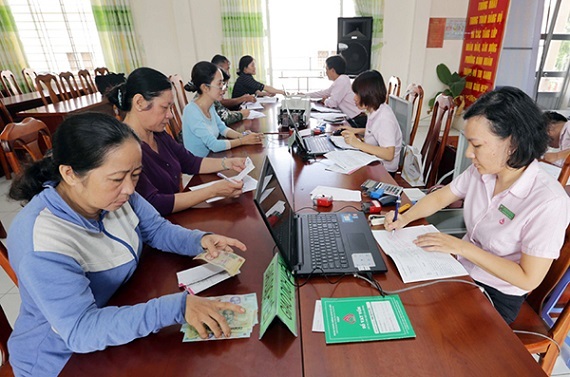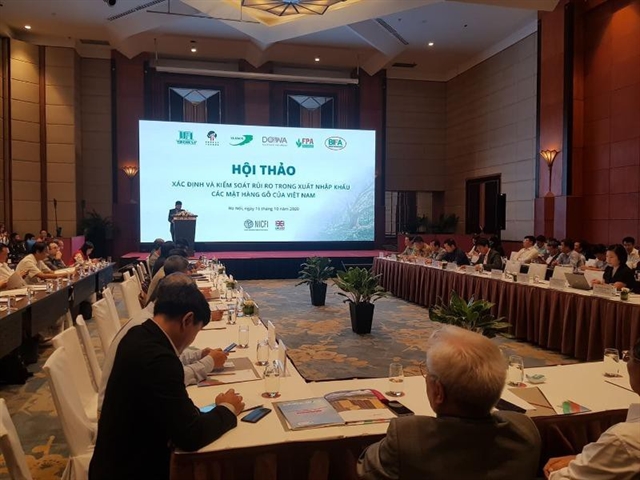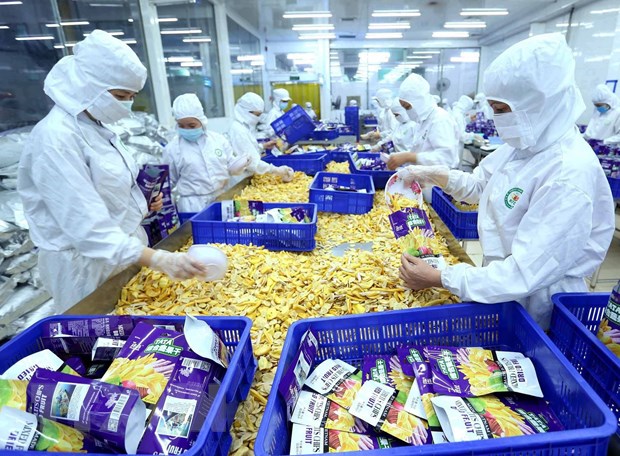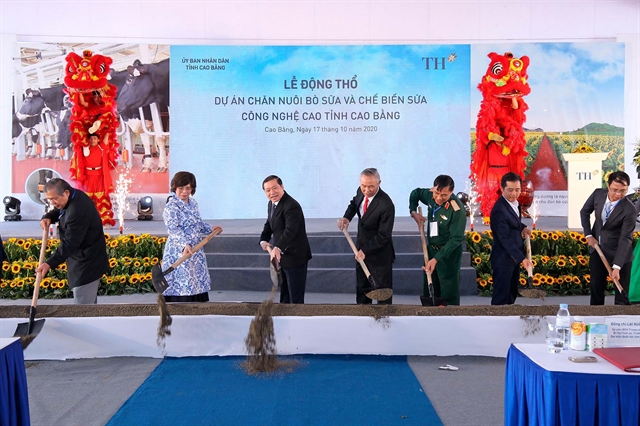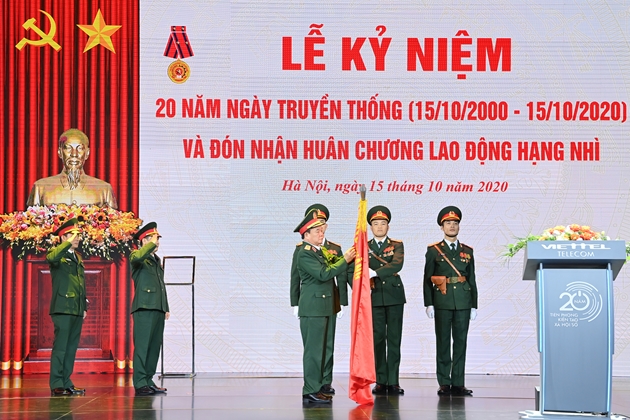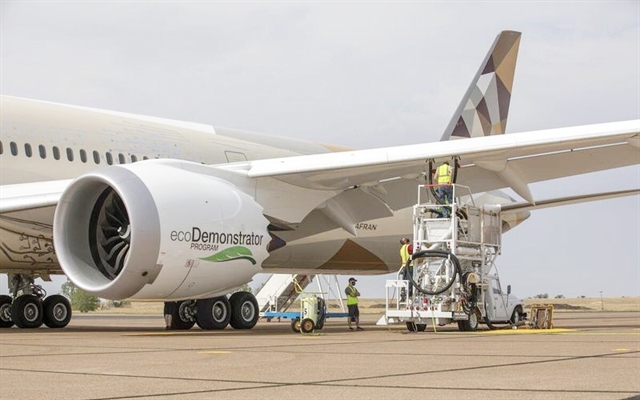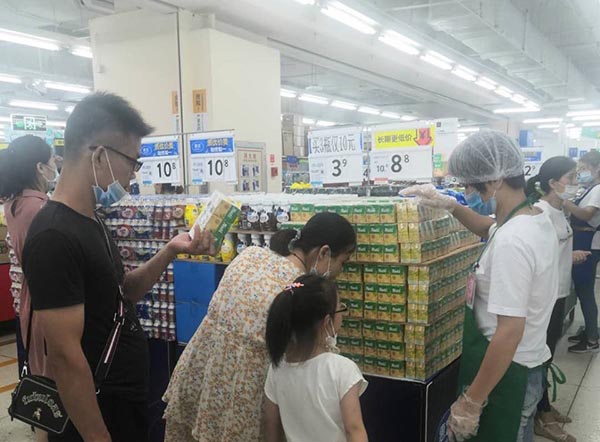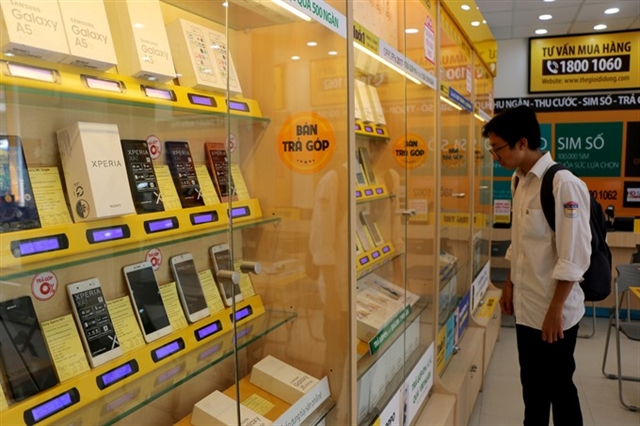
HÀ NỘI — The mobile phone retail business is believed to be saturated and will continue to face difficulties in growth.
To solve the problem of revenue and profit, leading businesses in mobile phone retail are making strong changes, expanding into many different business fields.
There are not many retail businesses distributing mobile phones on the stock exchange.
Large companies on the stock exchange include Mobile World Group (MWG), FPT Digital Retail JSC (FRT) and Digiworld Corporation (DWG).
Despite the heavy impact of COVID-19, MWG's net revenue and pre-tax profit in the first six months of this year still recorded growth of 7.8 per cent and 2.2 per cent respectively over the same period last year.
In the first six months of 2020, MWG's market share in the mobile phone segment has risen to more than 50 per cent from 48 per cent at the end of last year.
However, the group’s Thế Giới Di Động chain's revenue decreased by 15 per cent year-on-year as the mobile phone market has been saturated and people were tightening their spending due to COVID-19.
To increase revenue, MWG has implemented more related services such as payment instalments money transfer, electricity and water bill collection.
The implementation of these services does not incur any additional costs, so net profit margin will improve as revenue from these services increase.
A MWG representative told the Vietnam News Agency that the monthly revenue from these services is over VNĐ10 trillion (US$), which is greater than the revenue of its Thế Giới Di Động chain.
The group's management board sees instalment service as a new opportunity for MWG, therefore, they will focus and exploit the service.
MWG recorded about VNĐ3.6 trillion (US$) in revenue from other services in the six months, equivalent to a contribution of about VNĐ200-300 million in revenue per store per month.
For FRT, this is the second largest mobile phone retail chain in terms of market share and network in Việt Nam.
FRT's after-tax profit was more than VNĐ15.8 billion in the first quarter of this year, declining 90 per cent compared to the same period last year.
VietCapital Securities (VCSC) assessed that FRT's mobile phone segment still faced many challenges in the context of economic disruption related to COVID-19, low growth of the industry and competition from top companies like MWG.
FRT’s mobile phone segment in the second quarter decreased by 24 per cent compared to the same quarter last year.
Facing difficulties from the mobile phone retail segment, FRT has accelerated the opening of pharmaceutical retail stores.
FRT had 596 mobile phone stores by the end of the second quarter, while there were 593 stores at the end of last year.
However, its pharmacy chain has increased from 70 stores by the end of last year to 135 stores by the end of the second quarter.
The two leading companies in the mobile phone retail market have made big moves in order not to depend too much on revenue from this segment. However, there are also businesses that take advantage of the opportunity, increase market share and revenue in the mobile phone retail segment even in the difficult context.
For example, DGW, although the impact of the COVID-19 pandemic reduces the consumption of the mobile phone segment, the company still achieved a high growth rate thanks to effective market development for Xiaomi, which currently accounts for about 10 per cent of the mobile phone market share in Việt Nam.
DGW's mobile phone segment ended the first half of the year with revenue reaching nearly VNĐ2.3 trillion, up 48 per cent over the same period last year. — VNS
